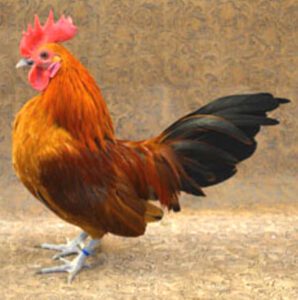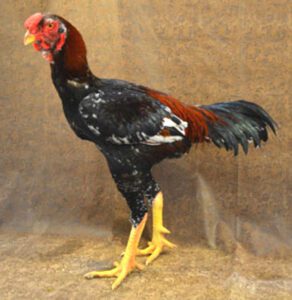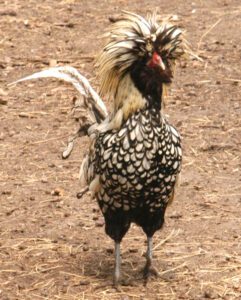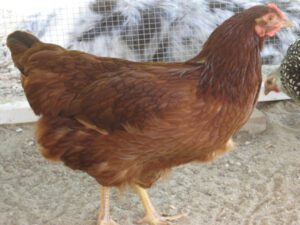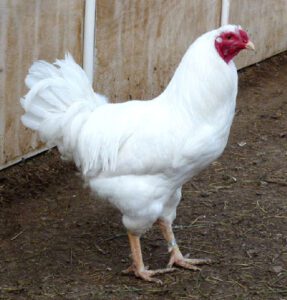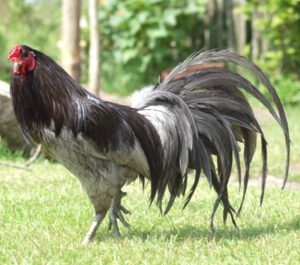Scots Grey chicken is a very old breed. It is a dual purpose chicken originating in Scotland. Scots Grey chicken has been bred for more than two hundred years in it’s native area.
Until about 1930 the breed was popular in Scotland and was formerly known as the Scotch Grey. It has also been known over the years under different names such as Scotch Grey, Chick Marley or Shepherd’s Plaid. Which has made it difficult to trace its precise history.
Although the name is Scots Grey chicken, but it is not grey at all. Rather it is black and white striped with metallic iridescence also called Cuckoo or Barred in the poultry world. It is on the “Native Poultry Breeds at Risk” list of the Rare Breeds Survival Trust.
It is now a rare breed and mainly bred for exhibition purposes. There is a bantam variety of this chicken breed. Review characteristics, behavior and full breed profile of this chicken breed below.
Characteristics of Scots Grey Chicken
Scots Grey chicken has similar foundations to the Scots Dumpy chicken. But their leg length is an easily spotted difference. Scots Dumpy has very short legs and Scots Grey chickens have long legs.
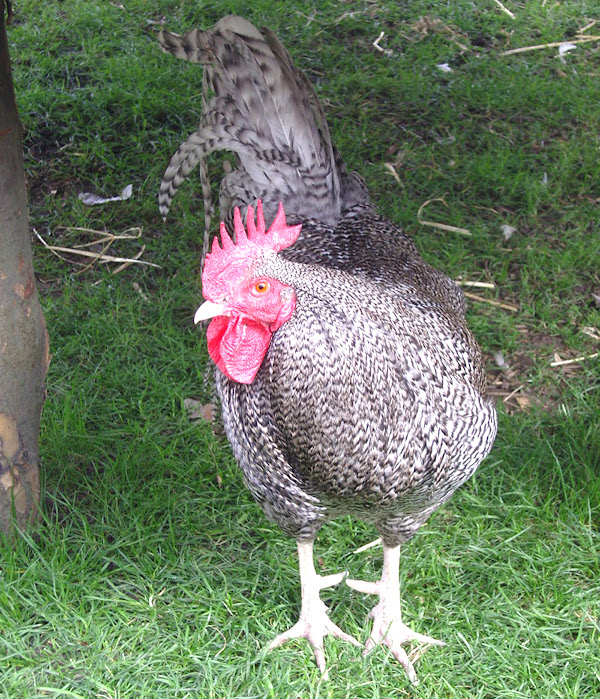
It is a tall and upright breed. Their beak and shanks are white in color, sometimes marked with black. They have single bright red colored comb. Their face, earlobes and wattles are of bright red colored.
The plumage of this chicken breed is barred. The ground color is steel-grey, and the barring is black with a metallic sheen. Although both roosters and hens are closely similar (apart from secondary characteristics). The markings are smaller in roosters than in hens.
Standard hens weight about 2.25 kg and roosters about 3.2 kg. And the bantam roosters weight about 620-680 grams and hens about 510-570 grams. Their skin color is white. Photo from Wikipedia.
Behavior/Temperament
Scots Grey chicken is a good dual purpose breed, which is kept for both eggs and meat production. It is a very hardy breed and great foragers. They do well under free range conditions and require plenty of space.
The breed may develop destructive habits when confined. They do prefer to roost in trees. They are known for their hardiness and their ability to thrive in any climate conditions.
The hens lay large eggs compared to their body size. Scots Grey chicks grow well and mature quickly. The breed is also good for meat production, and its flesh is reported to be extremely tasty. Hens lay whitish/cream colored eggs, and are usually non-sitter.
However, Scots Grey chicken is a vigorous breed and it is a good choice for small farmers as a dual purpose chicken. Review full breed profile of Scots Grey chicken in the chart below.
| Breed Name | Scots Grey |
| Other Name | Scotch Grey, Chick Marley or Shepherd’s Plaid |
| Breed Purpose | Dual Purpose (Meat & Eggs) |
| Breed Temperament | Calm, Friendly, Quiet, Easily Handled |
| Breed Size | Large |
| Broodiness | Seldom |
| Comb | Single |
| Climate Tolerance | All Climates |
| Egg Color | Whitish/Cream |
| Egg Size | Large |
| Egg Productivity | Medium |
| Feathered Legs | No |
| Rarity | Rare (They are on the “Native Poultry Breeds at Risk” list of the Rare Breeds Survival Trust) |
| Varieties | There is only one color and pattern in the Scots Grey and that is ‘Barred’. |
| Country of Origin | United Kingdom |

